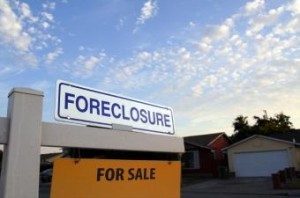
Corelogic’s latest Loan Performance Insight report found that the amount of mortgages that were delinquent more than 30 days decreased slightly year-over-year by 0.8% to 4%.
The report states the nation’s overall delinquency rate has fallen on a year-over-year basis for the past 14-consecutive months. Fewer delinquencies attribute to the strength of loan vintages in the years since the residential lending market has recovered following the housing crisis.
In February, 11 metropolitan areas experienced small annual gains in their serious delinquency rates—mortgages that are more than 90 days delinquent. The largest gains were in four Southeast metros affected by natural disasters in 2018.
Panama City, Florida, had the nation’s highest serious delinquency rate of 2%. Every state, for the exception of Minnesota, saw a decrease in serious delinquency rates. Minnesota’s rate was unchanged from 2018.
Eleven Core Base Statistical Areas/Metros saw its serious delinquency rate increase, most of which were located on the East Coast.
"We are on track to test generational lows as delinquency rates hit their lowest point in almost two decades. Given the economic outlook, we are likely to see more declines over the balance of this year. Reflective of the drop in delinquency rates, no state experienced a year-over-year increase in its foreclosure inventory rate so far in 2019,” said Frank Martell, Corelogic's President and CEO.
The amount of homes in foreclosure saw a slight decline, falling to 0.4% in February 2019 from 0.6% last year. Corelogic also reported the amount of home more than 120 days past due fell to 1.1% from 1.7% in February 2018.
Unchanged were the share of mortgages that transitioned from current to 30-days past due, remaining at 1%. This stat peaked at 2% in November 2008 and was 1.2% in January 2007, just before the financial collapse.
Individual states are moving to improve the amount of homes being foreclosed. New Jersey Gov. Phil Murphy signed several new laws into effect last month aiming to curb New jersey’s foreclosure crisis.
“The foreclosure crisis has hurt our economy and jeopardized economic security of too many New Jersey families," Murphy said. "Our communities cannot succeed while vacant or foreclosed homes sit empty or while families live in limbo. I am proud to sign these bills into law [Monday] and get New Jersey closer to ending the foreclosure crisis."
Black Knight’s 2018 Mortgage Monitor report had New Jersey’s foreclosure rate at the end of 2018 at 1.77%, trailing only Mississippi (2.36%), Louisiana (2.05%), and West Virginia (1.81%).

 theMReport.com Your trusted source for mortgage banking news
theMReport.com Your trusted source for mortgage banking news








